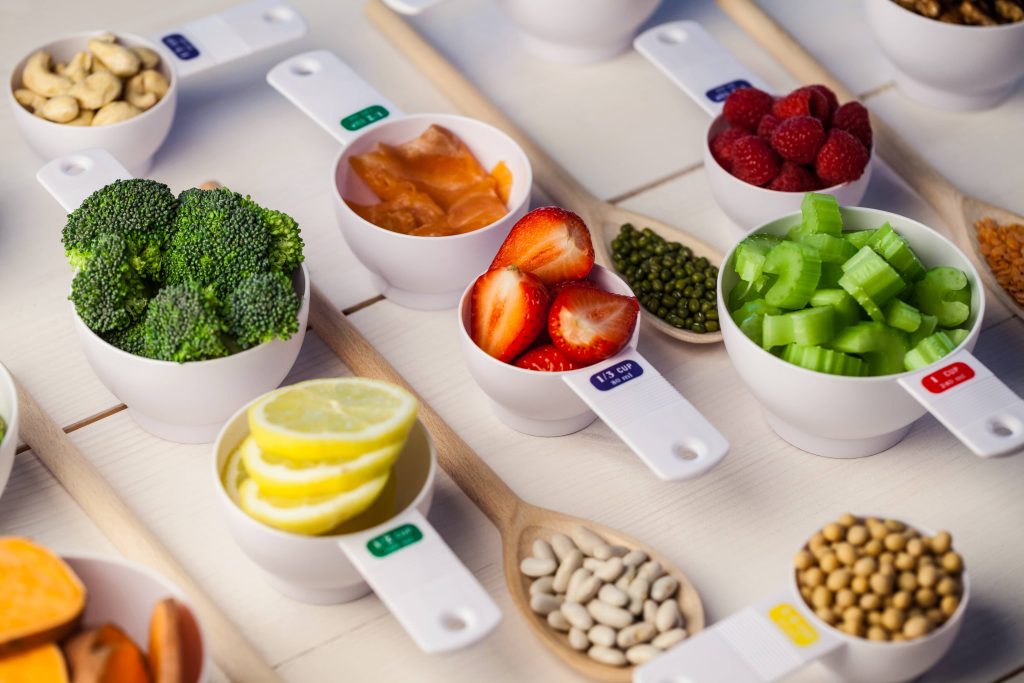
In the hustle and bustle of our daily lives, cooking fresh meals every single day can be a daunting task. Many of us are often left with remnants of our last meals, unsure about how to creatively incorporate them into something wholesome and delightful. Leftovers don’t have to mean boring reheats or uninspired combinations. With a bit of creativity, you can transform yesterday’s meal remnants into delicious, healthy meals today. Here’s how you can explore innovative methods to incorporate leftovers into nutritious meals.
1. The Art of Layered Salads
Layered salads are a great way to revive leftovers such as grilled chicken, roasted veggies, or grains like quinoa and brown rice. Start by selecting a container or a large jar. Begin by layering a base of fresh greens like spinach or arugula, followed by your choice of leftover proteins and grains. Add texture with seeds, nuts, or crumbled cheese. To finish, drizzle a healthy dressing, which can be made ahead and stored separately, like a lemon-tahini or a balsamic vinaigrette. These jars make for convenient grab-and-go lunches and are visually appealing too.
2. Reinvent with Soups and Stews
Got leftover roasted vegetables or meats? Throw them into a pot and create a warm, comforting soup or stew. Start by sautéing some onions and garlic. Add broth or water, your leftover veggies, and any beans or legumes you have on hand. Herbs and spices like thyme, rosemary, cumin, or paprika can drastically elevate the flavors. Not only is this a nutritious option, but soups often taste better the next day as the flavors meld together beautifully. Soups are also a fantastic way to boost your fiber intake and stay full for longer.
3. Creative Breakfast Options
Leftovers for breakfast? Absolutely! Leftover grains, such as rice, quinoa, or oats, can be reinvented each morning. Mix them with milk or a milk substitute, add a pinch of cinnamon, and top with fresh or dried fruits and nuts. For savory options, make a breakfast hash by sautéing leftover potatoes, vegetables, and proteins, and topping it with a poached or fried egg. Breakfast is the perfect meal to kick-start your day with nutrients, and using leftovers can brighten up your morning routine.
4. Innovative Grain Bowls
Grain bowls are versatile carriers of nutrition. Start with a base of grains like barley, farro, or leftover rice. Add a mix of your remaining cooked or fresh vegetables as toppings. Incorporate proteins such as beans, tofu, or leftover chicken. Don’t forget to add healthy fats – avocado or a drizzle of olive oil works beautifully. To add a punch of flavor, experiment with different sauces or dressings made with yogurt or tahini. These bowls are not only packed with nutrients but are also satisfying and easy to prepare.
5. Stir-Fries to the Rescue
A quick stir-fry is an excellent way to make good use of leftover vegetables and proteins. Dice up your leftovers and toss them in a hot skillet with some olive oil, garlic, and ginger for an Asian twist. Add soy sauce, or tamari for a gluten-free option, and just a hint of sesame oil for depth. Stir-fries are not just convenient but are also a brilliant way to incorporate a variety of vegetables and proteins in one dish.
6. Transform with Tacos and Wraps
Who doesn’t love tacos or wraps? They are perfect for repurposing leftovers creatively. Use tortillas or lettuce leaves as your base. Fill them with leftover meats or beans, grains, vegetables, and top with salsa, guacamole, or a sprinkle of cheese. This is an enticing way to get more vegetables into your diet while also reducing food waste. Plus, they’re fun to assemble and can easily be customized to suit different tastes and dietary preferences.
7. Egg-cellent Ideas
Eggs are incredibly versatile, and adding them to leftovers can quickly create a multitude of meals. Consider making a frittata by whisking eggs, milk, and any leftovers like vegetables, meats, or pasta. Pour the mixture into a skillet and cook until set. Alternatively, make an omelet or breakfast burrito using leftover proteins and veggies. Eggs are not only high in protein, but they also help bind different ingredients together, ensuring every bit of nutrition is packed into your meal.
8. Embrace Fermentation
Fermentation is an ancient preservation method that not only extends the life of vegetables but also boosts their nutritional profile by adding beneficial probiotics. If you have leftover vegetables, consider transforming them into pickles or kimchi. These make great accompaniments to meals and can be done simply by submerging your leftovers in a brine of salt, water, and spices. Not only does this approach minimize waste, but it also adds a tangy, zesty flavor to recipes.
Conclusion
Leftovers are often underestimated. They’re not merely yesterday’s remnants but opportunities for new, exciting, and nutritious meals. Incorporating leftovers creatively into your cooking routine can improve your diet, reduce waste, and even save you time and money. Whether it’s through grain bowls, vibrant soups, or fermented delights, there are countless ways to breathe new life into ingredients that you might otherwise overlook. Embrace the challenge, get inventive, and start transforming your leftovers into meals that nourish both the body and soul.










